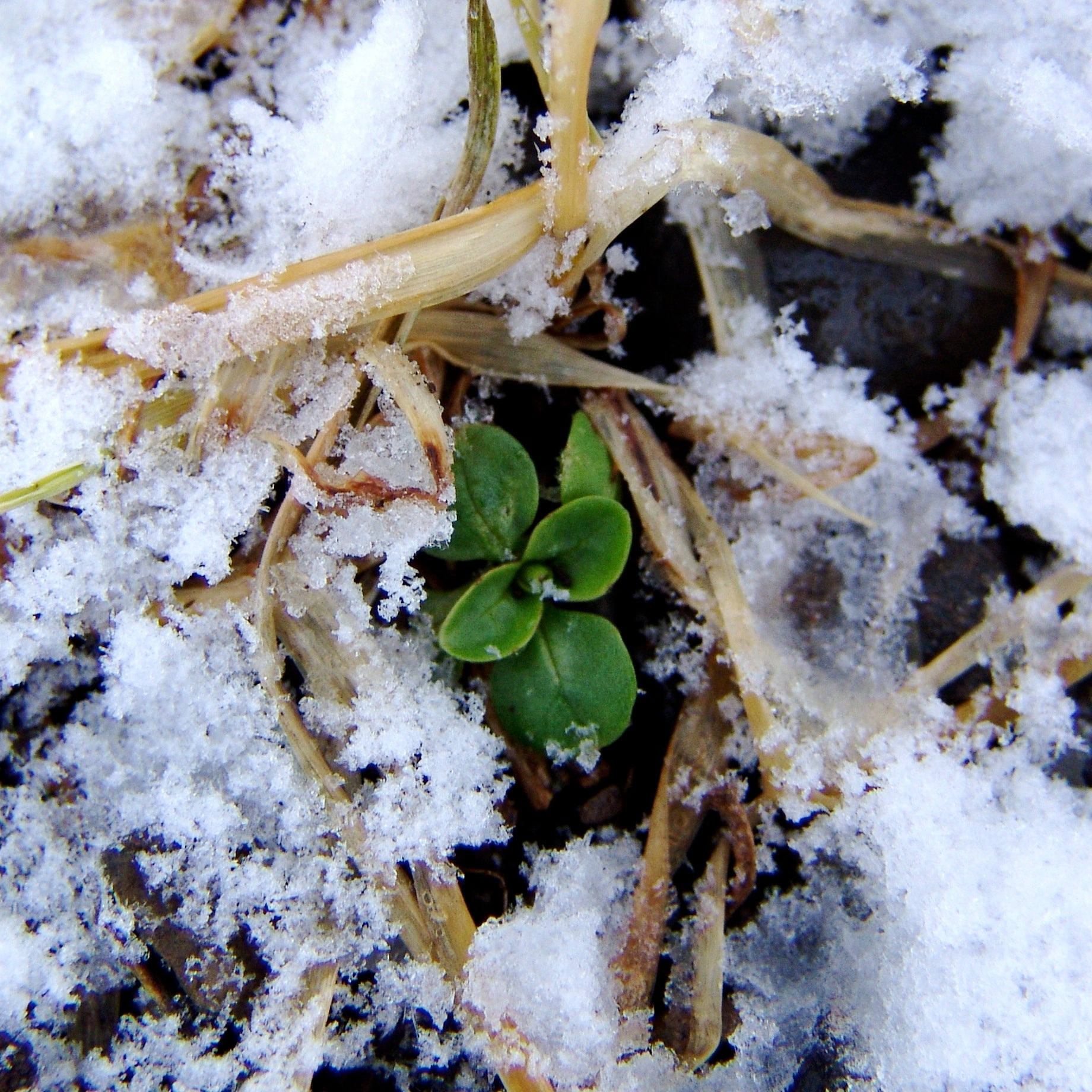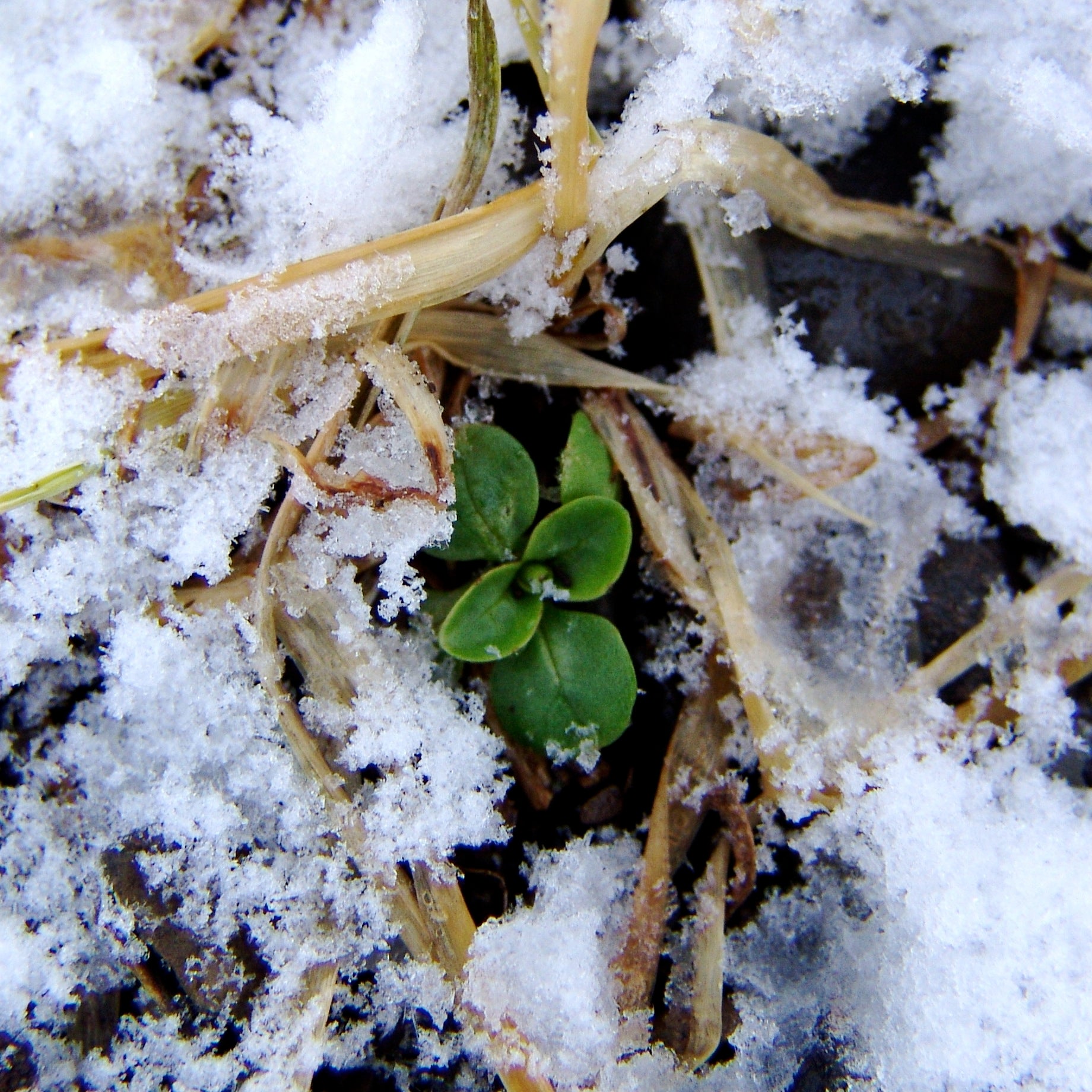
Seed Starting 101: Sowing in the Snow
Seed starting time always comes just when winter is at its worst and the end is unimaginable. While starting seeds indoors is a garden rite of spring, you can also do a bit of sowing outdoors too. During the next snow thaw, put on your muck boots and winter coat and try winter sowing some seeds. You will be grateful in the early spring when your first plants emerge, quite ahead of everything else, plus, the act of being in your garden just might lift you up.
Stratify, Naturally
When seeds come with instructions to "stratify," it indicates that a cold treatment is recommended to achieve the best germination. These varieties are often cold hardy biennial or perennial species that have adapted their reproduction cycle to withstand winter conditions. The cold, moist conditions break down the seed coat and this triggers germination in the spring when the conditions warm. Generally, you can stratify seeds by placing them in a moist towel in the refrigerator for 6-8 weeks. However, some seeds do well when sown directly outdoors while conditions are cold in the fall through the snowing conditions of winter.
Sowing in the Snow?
Works well for: Bloomsdale Spinach, Breadseed Poppy Mix, Mache, Chives, Garlic Chives, Evening Primrose, Russell Lupine, Pixie Delight Lupine, Calendula, Flashback Calendula, Johnny Jump Up
Can work for: Arugula, Beets, Chard, Borage, Onions or anything else you have noticed is a strong volunteer in your garden in the spring!
Not recommended: tender annuals, large seeds that are attractive to hungry rodents
The only planning you have to do with this method is to know what section of your garden is bare and relatively weed free. You can sow recommended varieties in the fall through the last month of winter. When sowing in the winter, choose a day when there is bare ground in the garden, even when there is an inch or so of snow on the ground. Lightly sprinkle seeds over the surface, aiming for 4 inch spacing. You will want to over sow by about 20% to make up for seed drift.
In the spring, when you notice your first plants emerge, thin and transplant to give seedlings the room they need to grow. Be sure to pluck out any weeds that appear as well.
Other Winter Growing Techniques
If you prefer more control over your garden and don't simply want to scatter seeds, there are other techniques to ensure an early harvest. The use of plastic and row cover can extend the season by weeks, and planning a fall garden can reap harvests in the early spring too. Elliot Coleman's Winter Harvest Handbook is a great guide to all season eating.
Around here, we use the term "winter sowing" loosely to describe seeds that can be sown outdoors in the fall or winter. The term winter sowing was also coined by Trudi Davihoff to describe her technique of sowing seeds in plastic containers outdoors in the winter. Trudi has developed a technique of seed sowing by making small greenhouses out of reused plastic containers. More about this low cost seed starting method can be found here, and here.








